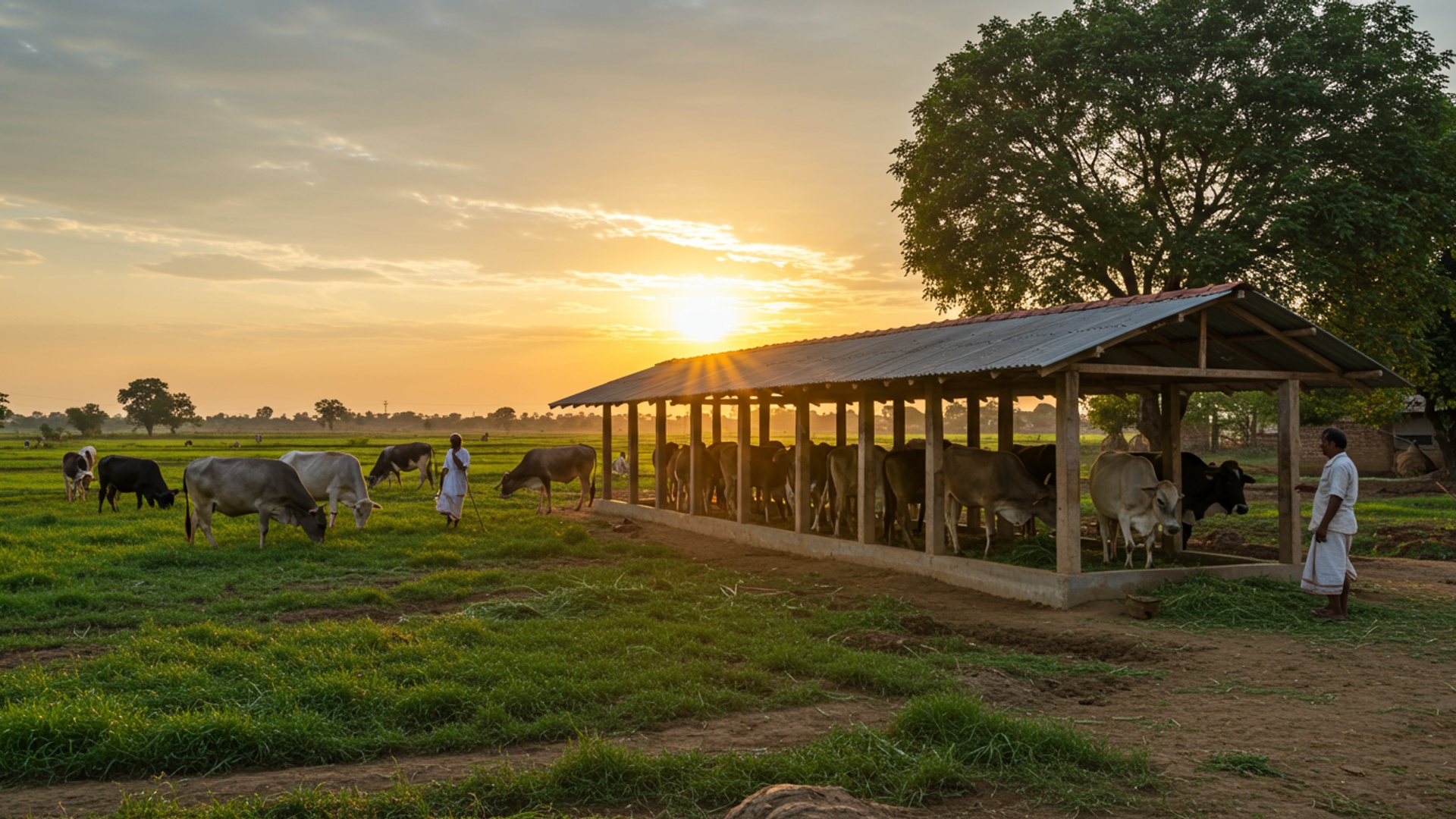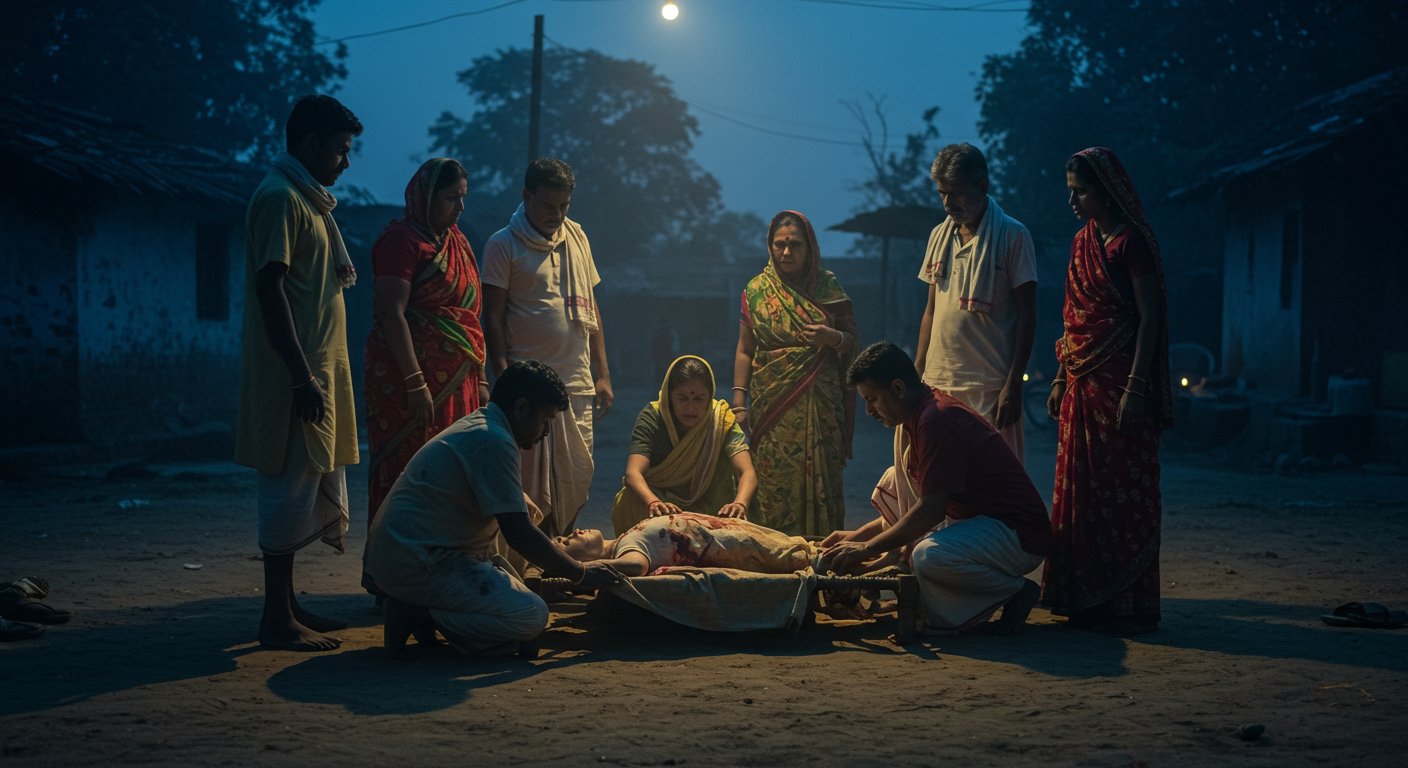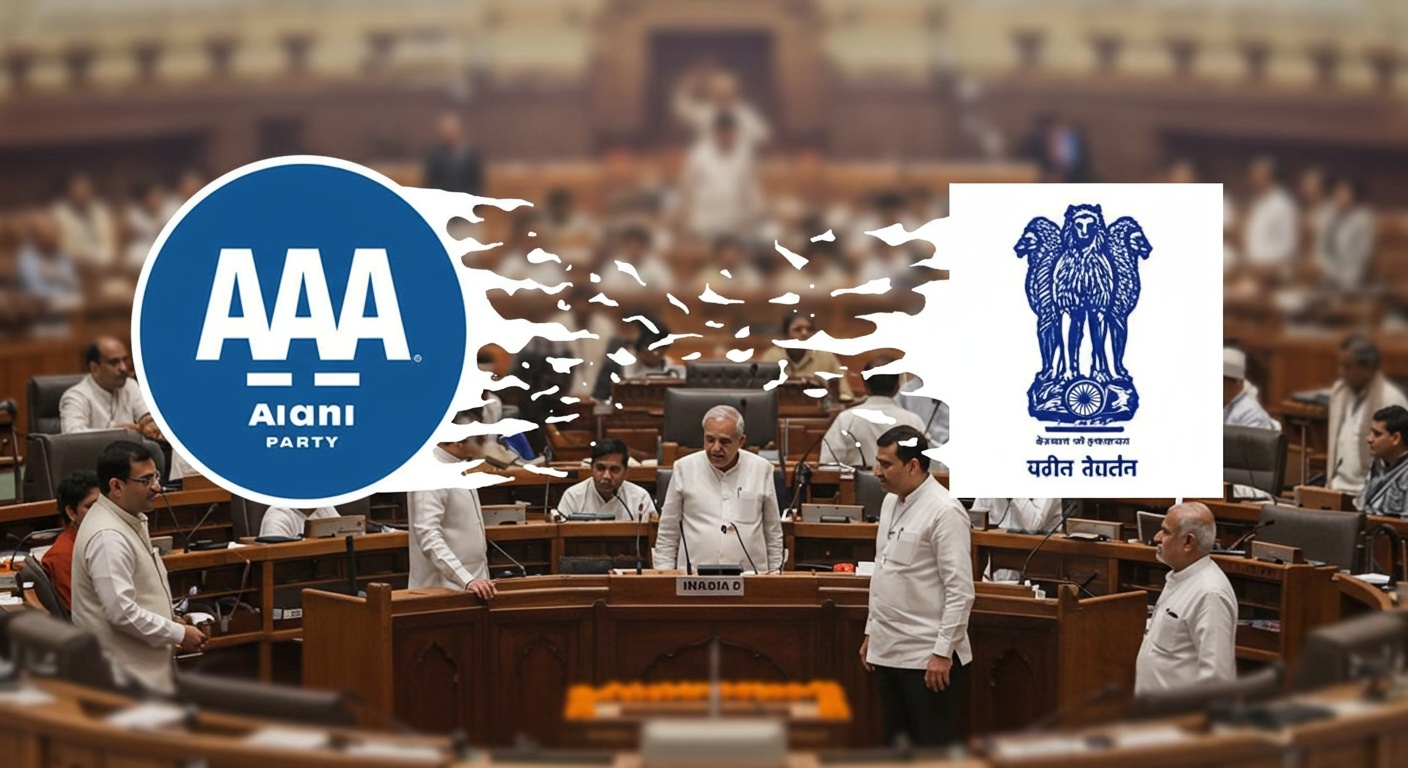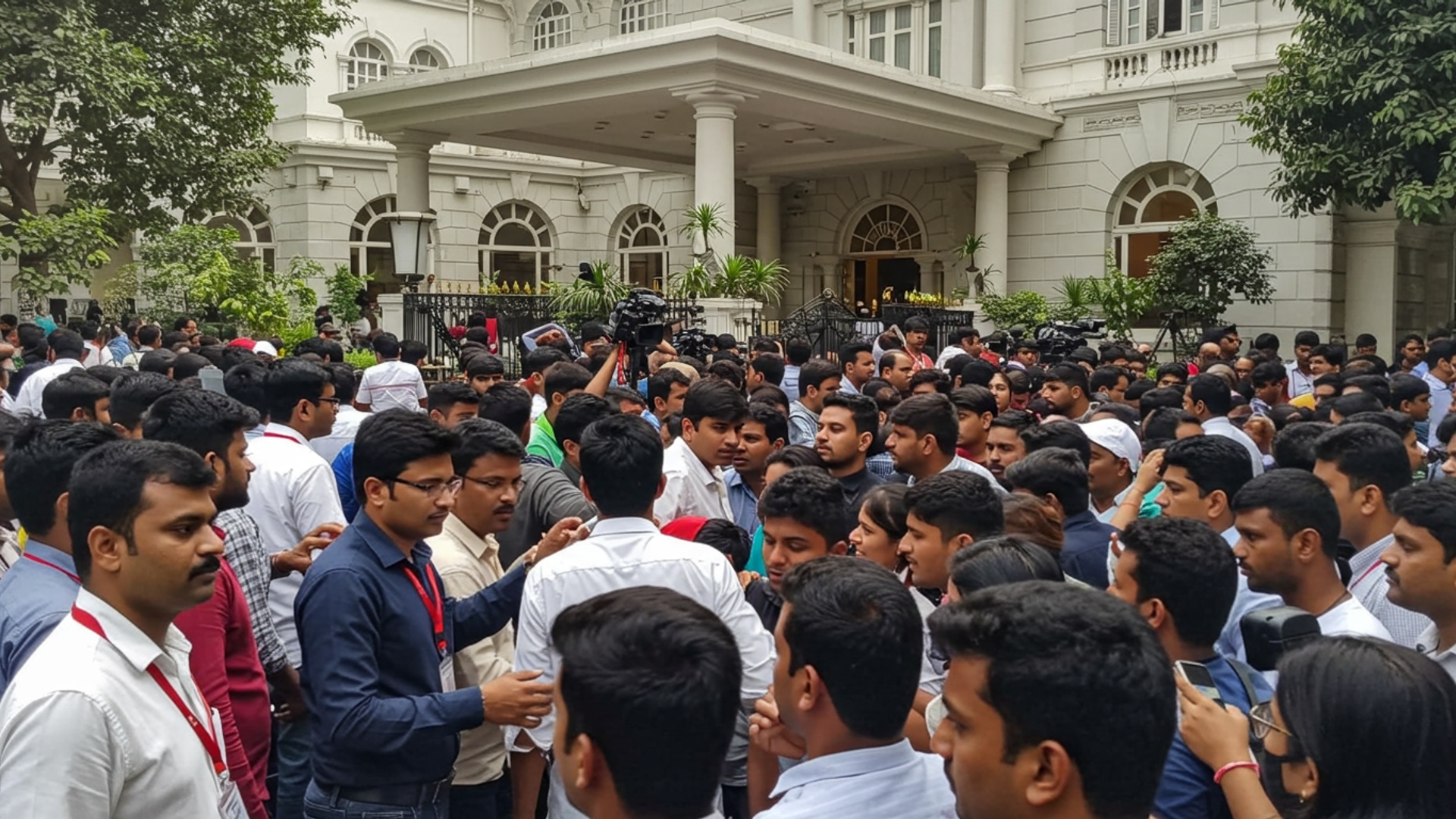The Chhattisgarh government today launches an crucial new plan, the ‘Gaudham Yojana,’ aiming to greatly change village life and how people care for animals in the state. This new program, starting now across Chhattisgarh, works to give local farmers more money and provides a safe home for cattle that wander freely, directly fixing big issues of animal well-being and money growth in villages. This step happens as the state works to build stronger and more self-reliant villages.
New Steps for Animal Safety and Village Income
The state government of Chhattisgarh is ready to start a new plan called ‘Gaudham Yojana’. This plan aims to make sure animals are safe and to help people in villages earn more money. Chief Minister Vishnu Deo Sai said that this new plan will help protect cows and other animals. It will also create new ways for people in rural areas to earn a living.
The main goals of this plan are to improve how animals are cared for, help cattle produce more milk. make organic farming stronger. The government believes this will also lead to more jobs in villages and make the village economy stronger.
Why the New Plan is Needed
Over the past years, there have been concerns about animals walking freely on roads and highways. This creates risks for both animals and people. Also, many animals are caught by police during efforts to stop illegal movement or smuggling across state borders. The new Gaudham Yojana is designed to give these animals a safe place to live.
The state government has already stopped the illegal movement and transport of animals. This new plan will make sure that animals caught by police have a secure shelter.
“The Gaudham Yojana will make sure animals are safe in the state. It will also give a steady way for many cowherds and animal caretakers to earn money. Efforts to improve animal breeds through this plan will also help cattle make more milk and be more useful for farming,” Chief Minister Vishnu Deo Sai said.
How the Program Will Work
Under the Gaudham Yojana, special animal shelters called ‘Gaudhams’ will be built. These shelters will only be built on government land. They will have strong fences, proper animal sheds, enough water. electricity. Each Gaudham will be able to hold up to 200 animals, depending on its size.
The plan also includes payments for those who care for the animals:
- Cowherds will get a monthly payment of ₹10,916.
- Cattle attendants will receive ₹13,126 each month.
- There will also be a daily payment for animal food.
Good performing Gaudhams will get extra daily payments for each animal. This payment will increase over four years: ₹10 in the first year, ₹20 in the second, ₹30 in the third. ₹35 in the fourth year.
If a local cow shed group does not want to run a Gaudham, other groups like non-profit organizations, trusts, farmer companies, or cooperative societies can apply to run it.
Financial help will also be given for growing animal fodder on land next to Gaudhams. This includes ₹47,000 for one acre for fodder growing. ₹2,85,000 for five acres.
Changes from Earlier Plans
This new Gaudham Yojana takes the place of an earlier plan called ‘Gauthan Yojana’. The previous Gauthan Yojana, launched by the earlier government in July 2020, included buying cow dung from farmers and cattle owners. That plan, known as ‘Godhan Nyay Yojana’, aimed to turn cow dung into organic fertilizer and create jobs. Under Godhan Nyay Yojana, cow dung was bought at ₹2 per kilogram and cow urine at ₹4 per litre.
The new Gaudham Yojana is different because it will not involve the government buying cow dung in the Gaudhams. Instead, cowherds will use the dung themselves. The focus of the new Gaudham Yojana is on sheltering stray and abandoned cattle and ensuring their scientific care and protection.
The earlier Godhan Nyay Yojana was widely recognized. It led to the setting up of ‘Gauthans’ as places for collecting cow dung and turning it into vermicompost and other products. These centers helped create jobs, especially for women’s self-help groups. For example, in February 2022, over 63 lakh quintals of cow dung had been bought, paying over ₹127 crore to sellers. Women’s self-help groups earned income from making and selling compost and other products like lamps and incense sticks.
While the previous scheme successfully boosted income for many, the new Gaudham Yojana focuses on different aspects of animal welfare and rural income through direct support to caretakers and breed improvement. It will also use some of the existing infrastructure built under the previous Gauthan Yojana.
Building Training Centers
Each Gaudham will also become a training center. The groups running these Gaudhams will teach villagers how to make products from cow resources and encourage farming methods that use cow products. This means the Gaudhams will not just be shelters. also places for learning and creating new businesses.
The scheme will also focus on improving animal health and breeds. This is expected to lead to healthier animals and more milk production, making animal farming more useful for agriculture in the state.
Benefits for the Village Economy and Environment
The Gaudham Yojana is expected to bring several benefits to villages:
- It will create new job chances in rural areas.
- It will help promote organic farming.
- It will support programs to grow more animal fodder.
- It will help prevent crop damage caused by animals grazing freely.
- It aims to reduce accidents caused by stray animals on roads.
- By caring for abandoned animals, it helps keep villages cleaner and safer.
The budget, rules. conditions for the Gaudham Yojana have been put in place to ensure it runs smoothly. The state government sees this plan as a key step in making Chhattisgarh a leader in animal protection and village development in the coming years.
![]()


















